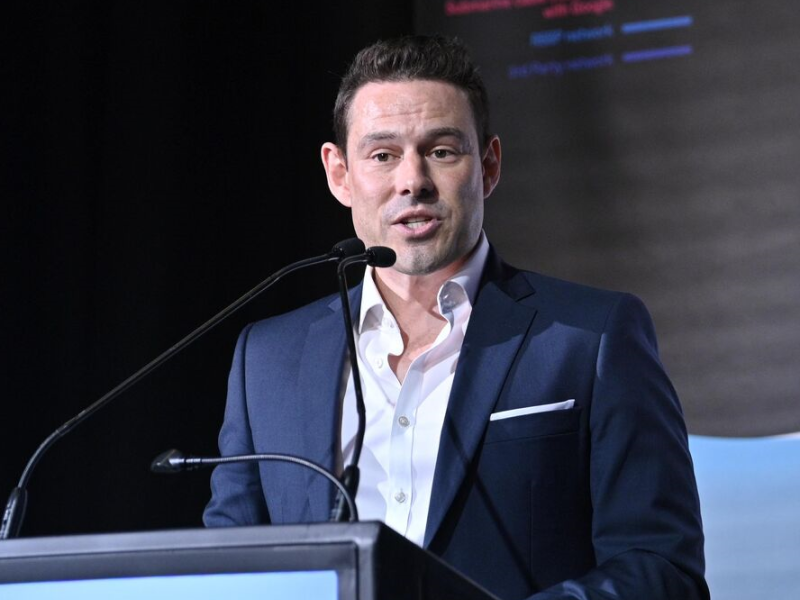The telecommunications industry’s peak body – Communications Alliance – has unveiled a radical restructure under new chief executive Luke Coleman that sharpens its policy focus on carriers rather than over-the-top digital service providers.
The organisation has also rebranded as the Australian Telecommunications Alliance to better reflect the divergence of policy interests between telco carriers and digital platform providers.
Mr Coleman, who has been in the role for eight months, says the era of convergence is over in the policy sense, and that the telco sector needs its own clear industry voice.
In this episode of the Commercial Disco podcast, MrColeman discusses the historical forces – political and technological – that have shaped the industry to this point and outlines the immediate policy challenges for the telco sector.
The irony is that although the original Comms Alliance was formed in 2006 with its focus on carriers, the industry trend toward ‘convergence’ of telecommunications and digital service providers became the primary influence on policy thinking – especially through the early 2010s.
But in 2025, the new megatrend is about ‘divergence’ – a diverging of the direct policy priorities of the carriers and the digital platforms.
So while the early Comm Alliance work targeted technical issues like number portability between carriers – once companies like Meta, Netflix and TikTok had joined, the policy issues affecting members became too broad.
The very clear feedback from research, Mr Coleman said, was that “the very broad church of members” had spread the organisation’s resources too thin.
“[What we have done] is to draw a very clear line in the sand. We are the industry group that speaks with the clear and undiluted voice of the telecommunications industry to the exclusion of all others,” he said.
“We are not here to represent the digital platforms, because their policy issues and their regulatory issues are completely different. They are worlds apart from the issues faced by the telecommunications industry.

“I think the telecommunications industry has really lacked that clear voice in recent years.
“There are other industry groups representing the digital platforms so that they can speak out on the issues that are important to them. The same is true for the streamers.
“But the telcos really need to have that voice on the issues that matter to them.”
Mr Coleman said he expected the Australian Telecommunications Alliance to have a significantly reduced membership base as a result of the restructure – but that its influence would benefit from the sharper focus.
Regulatory reform around reducing blockages to investment for the telecommunications sector would be a key focus during the current term of Parliament.
Mr Colemen said industry investment would be critical to the success of digital infrastructure deployments
“In my view, if you can’t have the networks in place to enable AI and to enable faster, more seamless communications, that is going to be a handbrake on Australia’s productivity,” he said.
“We need telcos to invest at the moment, but I think we are faced with a regulatory environment and a legislative environment that does not reward investment.
“It puts red tape around investors at the very time where we need to free up as much capital as possible to build those networks, because Australians need them.
“I think that’s the big challenge for our industry over the next term of Parliament.”
Do you know more? Contact James Riley via Email.

